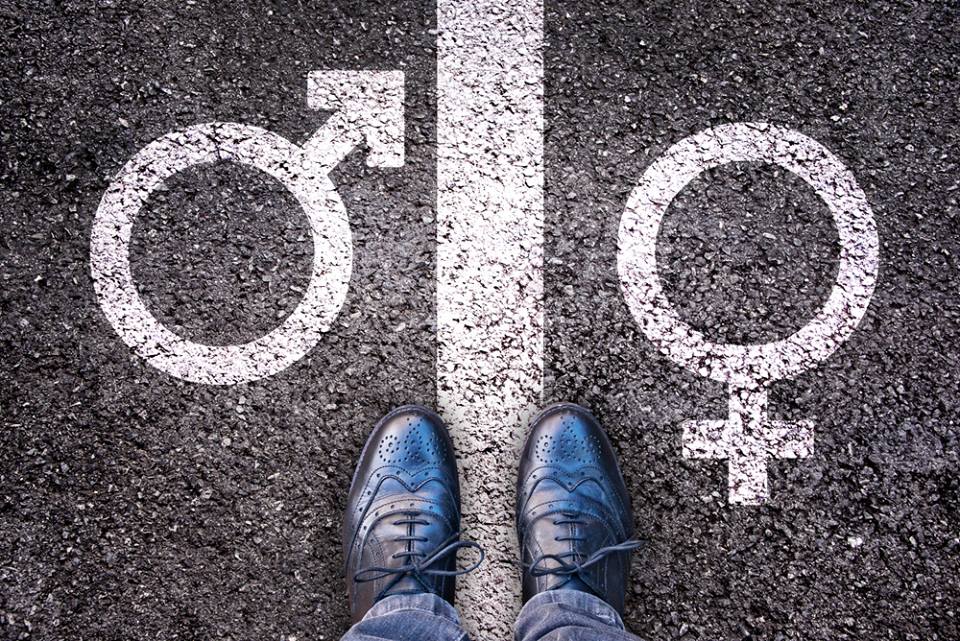
OTTAWA — Prime Minister Justin Trudeau received a lot of attention with his line about the calendar year when asked why he named an equal number of men and women to cabinet after his newly elected Liberal government was sworn in.
Nearly four years later, the Liberals have made the push for gender equality a defining feature of their mandate, their message and the personality of their prime minister, which could help — and hurt — them on the campaign trail.
Kate Bezanson, an expert on feminist policy, said any government that sets out to disrupt the status quo on equality issues can find itself vulnerable to criticism on two fronts: from those who think they are spending too much energy in that area, and those who think they are not doing enough.
“There can be a kind of fatigue with those kinds of policies that can sometimes be received as perhaps less understanding of the broader constituency that might be apprehensive about enhancing gender equality,” said Bezanson, an associate professor of sociology at Brock University.
On the other hand, setting expectations for change so high can leave a lot of people feeling disappointed.
Katherine Scott, a senior researcher at the Canadian Centre for Policy Alternatives, said the Liberals made some big moves internationally, such as dedicating $1.4 billion annually to the health of women and girls, including sexual and reproductive health rights, beginning in 2023 as part of an announcement at this spring’s Women Deliver conference.
She also applauded the Liberals for their $100-million gender-based anti-violence strategy, proactive pay equity legislation, the national inquiry into missing and murdered Indigenous women and girls, and for bringing gender-based analysis into the budget-making process.
“What does that mean for women on the street? That will play out over a much longer time. So when you look at those sorts of questions, I’m not sure how much traction we’ve gained,” she said.
David Coletto, chief executive of Ottawa-based polling firm Abacus Data, said he does not expect much campaign talk about feminism — at least not beyond the Liberals trying to convince voters the Conservatives are against abortion rights.
But he does think gender can play into the issue of affordability — a focus for all political parties in the Oct. 21 election.
The Conservatives made a play in that area this summer by promising to introduce a non-refundable tax credit for new mothers and fathers receiving employment insurance benefits while on maternity or parental leave.
The New Democrats, who have devoted an entire section of their election platform to advancing gender equity, are once again promising universal, affordable, not-for-profit child care right across the country.
Coletto, also said the data suggests female voters, who made up about 52 per cent of the electorate in 2015, tend to remain undecided longer than men.
That means political parties will, and should be, thinking about how to bring them on side.
“They are obviously going to have a huge impact on the election in how they react to the parties,” Coletto said.
Meanwhile, some women’s advocacy groups are hoping to place gender issues more squarely on the agenda.
A coalition calling itself Up for Debate is pushing for a national televised debate on the topic, an effort that failed in the 2015 election after Thomas Mulcair, then the NDP leader, backed away from an earlier commitment because former Conservative prime minister Stephen Harper was not going to join the others onstage.
This time, NDP Leader Jagmeet Singh and Green Party Leader Elizabeth May have agreed to participate, but organizers have not yet received any commitment from Trudeau or Conservative Leader Andrew Scheer.
Lauren Ravon, director of policy and campaigns at Oxfam Canada, said the landscape has changed when it comes to the role feminism plays in politics.
“Obviously there has been a lot more attention to women’s rights issues under this Liberal government mandate, as well as attention in the public sphere,” she said.
A debate, Ravon said, would be a way for leaders to challenge each other on these issues and get their positions on the record: “What are the promises this time around? What is the plan?”
Bezanson said that while much of the talk about the feminism of the Liberal government has centred around Trudeau himself, she thinks one of the biggest changes, which could survive a change in government, is a stronger commitment to gender-based analysis across all departments.
That involves thinking about how every program and policy impact men and women in different ways, while also taking things like age, income, ethnicity and other intersecting factors into account.
“The policy record of this government is the most feminist that Canada has ever had,” she said.